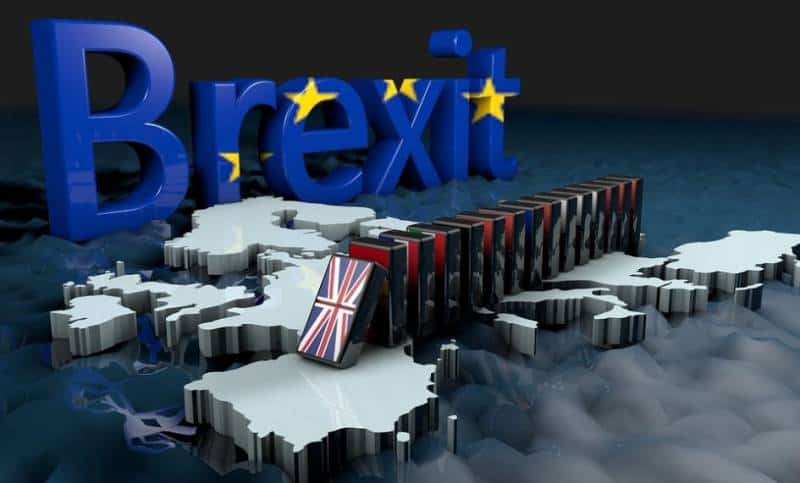UK’s recent economic data has revived fears of Brexit slowdown.Q1 GDP fell to 0.3% vs 0.7% in previous quarter. March industrial production data, released this week, was weaker than estimates. Trade deficit has widened and is at six-month high
The story so far
UK’s resilient growth in 2016 defied Brexit fears following the referendum as the economy benefitted from a monetary stimulus that spurred consumption and a weak pound that helped exporters. But it turns out 2016 was a transition year with Brexit impact becoming tangible in 2017.
Brexit impact becomes real
UK’s recent economic data is discouraging. A weak sterling is contributing to higher inflation that is eating away consumer wealth as rising unemployment and business cost cutting keep lid on wages. This has impacted consumer spending, a major driver of UK’s economic growth. Investment is suffering too as businesses hold back investments in an uncertain environment. Slowing investment, consumption demand are expected to weigh on growth in 2017
It not doomsday yet, but uncertainty is the order of the day
A weak pound will continue to help exporters and a mildly supportive fiscal policy is might support consumption, making the slowdown a bit modest. But the fact remains that downward risks to growth from consumption and investment slowdown far outweigh the upward risks from a weak pound. As negotiations between UK-EU get rolling, roadblocks like possibilities of “Hard Brexit”, negotiations breaking down, etc. could add to downside risks, but it’s definitely not a doomsday scenario for UK’s growth story, at least for now.
Read more news on Brexit here




Leave a Reply